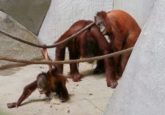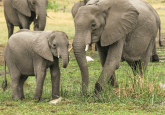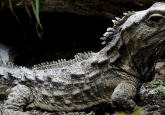Harry Potter and the disappearing owls
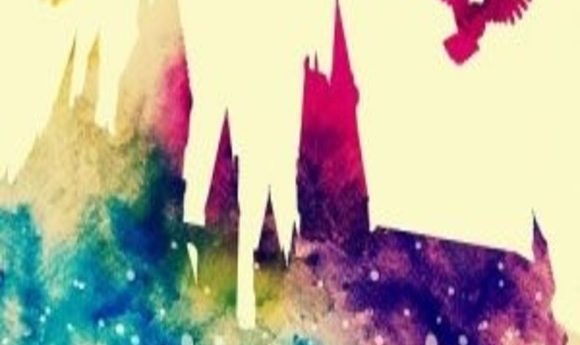
Harry Potter invited us into a world of wands, witches, and wizards, but he may have affected the lives of owls here in the real world as well.
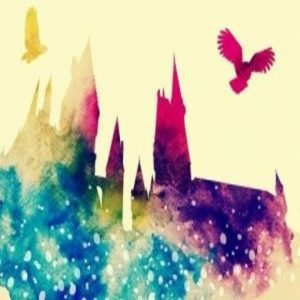
In 2001, the first Harry Potter movie was released, introducing theater goers to invisibility cloaks, chocolate frogs, and mystical pets. Since that date, we’ve seen seven additional movies, visited an entire theme park, and even traveled to the Harry Potter studios to be chosen by a magic wand. Now a new study published in the journal Global Ecology and Conservationreveals that the Harry Potter commotion has also affected owl conservation as an increasing number of people take the birds of prey home as pets.
“Ever since I arrived in Indonesia, I would visit the bird markets and make notes on what was on offer,” said Vincent Nijiman from Oxford Brookes University. “About 10 years ago, we started noting that more and more owls were on display—lots of small scops owls, but also bay owls, barn owls, wood owls, and eagle owls—many of them very young and taken from the wild.”
It is well known that the big screen can increase the popularity of certain animals; Disney’s 101 Dalmatians in 1985 drove up demand for Dalmatians, and Jurassic Park in 1993 caused a spike in demand for iguanas. While trends seem telling, these relationships between movies and pets are rarely quantified.
Nijiman and his team wanted to find the exact cause of the increase in owl trade, so they surveyed 18 markets in 14 cities and carried out retrospective quantitative assessments of the number of owls in the markets between 1979 and 2010. They then conducted 109 surveys in 20 bird markets between 2012 and 2016 to quantify the owls in trade. The team found that more species were offered for sale in the markets during the late 2000s, with roughly 10 or more owls per survey. More recently, the number of owls for sale has increased to 17 additional owls per survey.
“In the past, this would be unheard of, but now it has become the norm,” said Nijiman. “Any additional pressure, for instance an increase in trade, will have a negative impact on their conservation.”
“The problem in Indonesia is that now there is a large group of people who keep owls as pets. They organize themselves into ‘owl lover groups,’ exchange information and ideas through social media, and meet up at special events,” said Nijiman. “All these pet owls are wild-caught individuals, and when new members join or when an owl dies, new owls have to be taken from the wild. The owls should not be traded commercially.”
